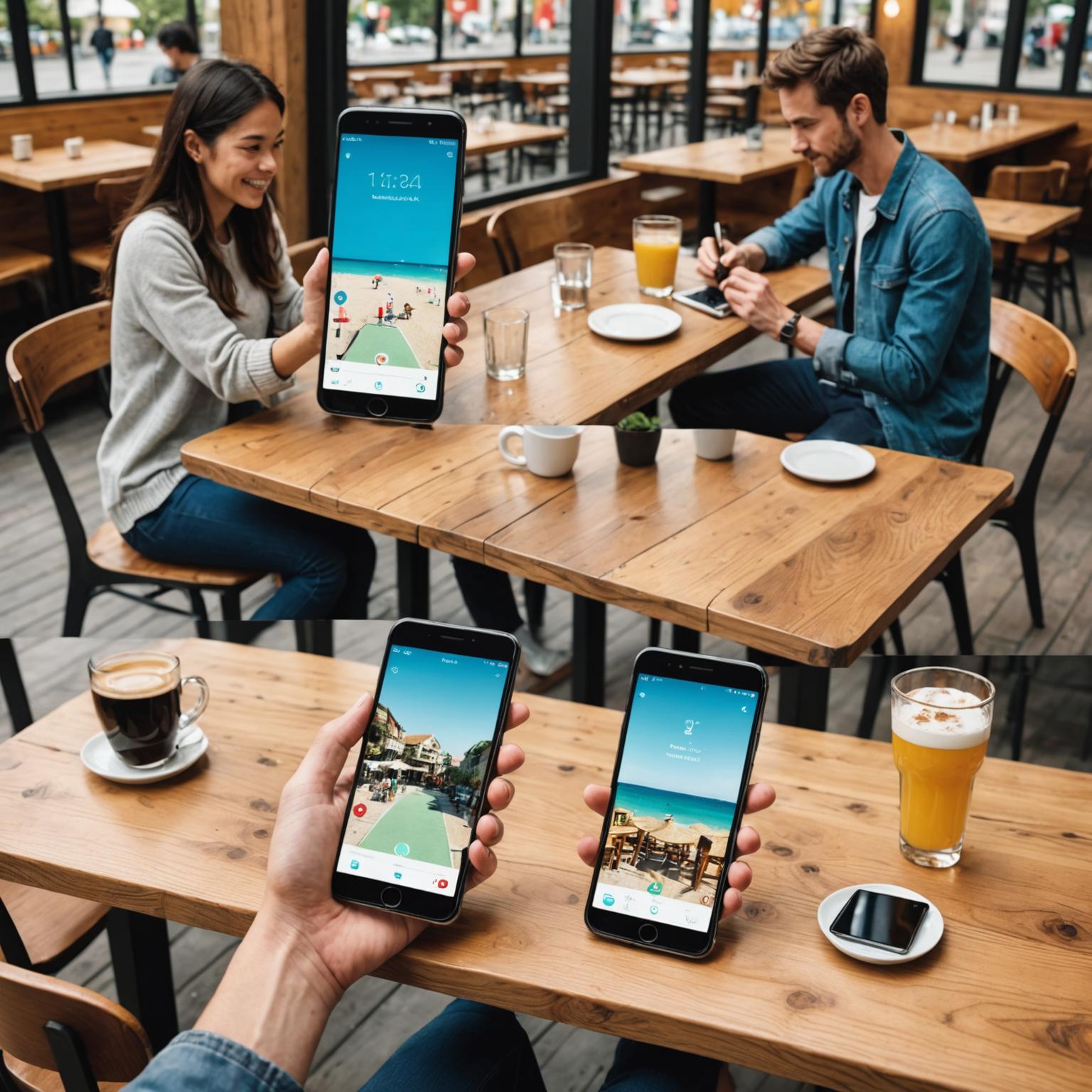This is our independent website, you can check out our products.https://pjcases.com
In our hyper-connected world, our smartphones are extensions of our lives, holding everything from personal conversations to sensitive banking details. While most users are diligent about protecting their devices from physical damage, digital privacy is an equally critical concern. This is where the debate between standard screen protectors and privacy screen protectors begins, forcing us to consider what kind of security we truly need. Both offer a layer of defense, but their core functions and the type of protection they provide are fundamentally different.

Understanding Standard Screen Protectors: The Basics of Defense
A standard screen protector, typically made from tempered glass or a high-quality plastic film, has one primary job: to safeguard your screen from physical harm. It acts as a sacrificial barrier against scratches, scuffs, and impacts from accidental drops. These protectors are engineered for maximum clarity and transparency, ensuring that the visual experience of your device remains unchanged. The colors are bright, the text is sharp, and the viewing angle is as wide as possible, allowing you to easily share your screen with a friend sitting next to you. Their sole focus is on preserving the physical integrity of your screen, offering no defense against wandering eyes.
The Privacy Upgrade: How Anti-Spy Screen Protectors Work
Enter the privacy screen protector, a more advanced solution for the modern age. Often referred to as anti-spy screen protectors, these accessories do everything a standard protector does, but with an added layer of visual security. They utilize a special technology, often called micro-louver technology, which acts like a tiny set of vertical blinds on your screen. When you look at the screen head-on, the –display is clear. However, for anyone attempting to peek from an angle, the screen appears dark or completely black. This effectively creates a private viewing cone, making it an ideal choice for commuters, professionals handling confidential data in public, or anyone who values their privacy in crowded spaces like cafes and airports.
Key Differences: A Direct Comparison
When placed side-by-side, the contrast between the two types of protectors becomes clear. The most significant difference is the viewing angle; standard protectors offer an almost 180-degree view, while privacy protectors restrict it to about 60-90 degrees. This privacy feature comes with a slight trade-off, as privacy screens can subtly reduce the overall brightness and vibrancy of your –display. You may need to increase your phone’s brightness setting, which can have a minor impact on battery life. A standard protector has no such effect. Their primary functions also diverge: one is purely for physical defense, while the other offers a dual defense against both physical damage and information theft through “visual hacking.”
Making the Right Choice: Which Protector Suits Your Lifestyle?
Choosing between a standard and a privacy screen protector depends entirely on your personal needs and daily environment. If you primarily use your phone at home and value maximum screen brightness and clarity for watching videos or gaming, a standard tempered glass protector is likely sufficient. However, if you frequently use your phone on public transit, in open-office settings, or anywhere else prying eyes might be a concern, the investment in a privacy screen is invaluable. When searching for the best privacy screen protector, consider the balance between the narrowness of the viewing angle and screen clarity to find an option that secures your data without significantly compromising your user experience.
Final Thoughts: Protection Beyond the Physical
Ultimately, the choice is not about which protector is objectively better, but which one is better for you. Standard protectors offer excellent, straightforward physical protection for your device’s screen. In contrast, privacy screen protectors provide a comprehensive solution that guards against both physical accidents and the intangible threat of compromised privacy. In an era where our personal information is more vulnerable than ever, considering a shield that protects what is on your screen, not just the screen itself, is a wise and proactive step toward total digital security.
